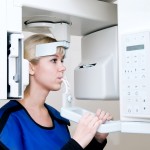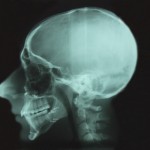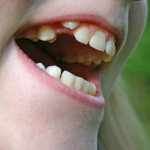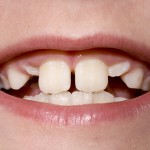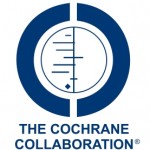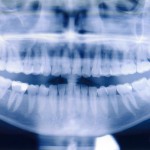
This review of the prevalence of distal surface caries in second permanent molars associated with retained third molars included 11 mainly retrospective observational studies findins a pooled prevalence of 23% (95% CI; 2% to 44%).
[read the full story...]